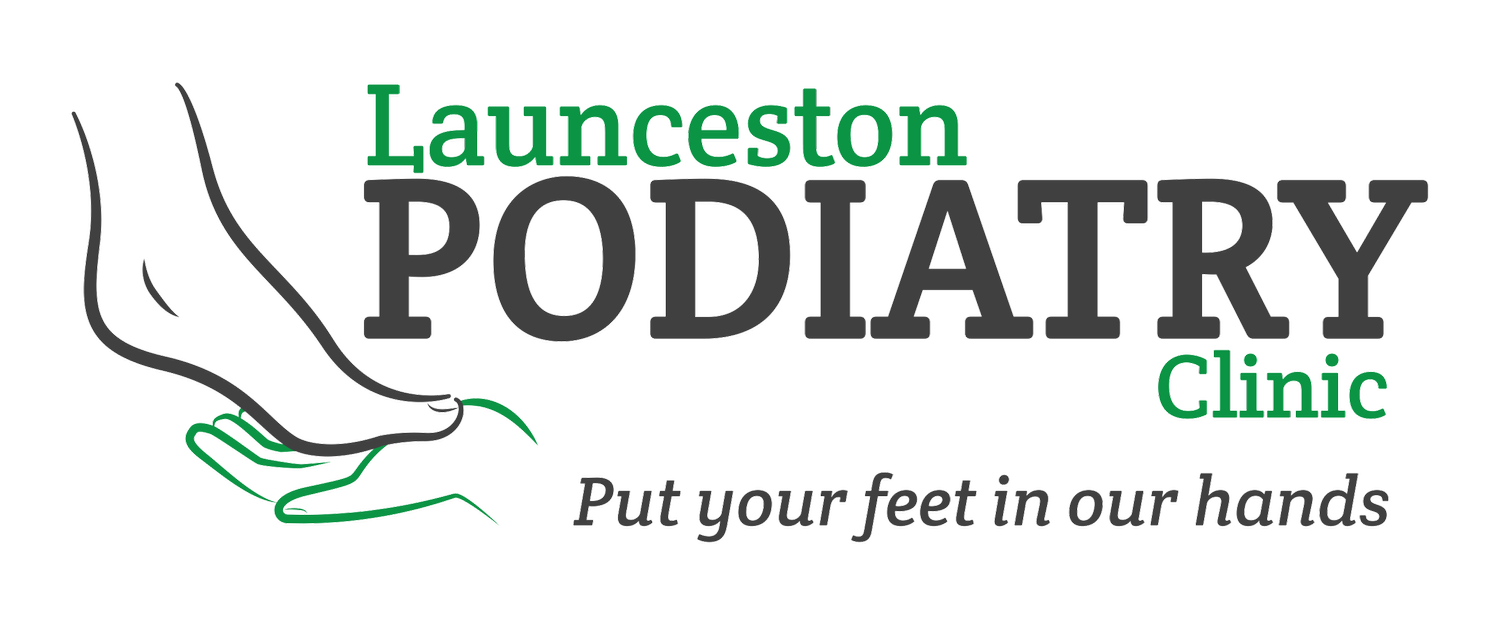Tinea pedis, also commonly known as “Athlete’s Foot”, is a common fungal infection of the skin on the feet. It is often associated with high rates of treatment failure or recurrence. Caused by dermatophyte fungus, it often manifests in between the toes. It is estimated that approximately 70% of the population will be affected with tinea pedis at some point in their life. [1]
The 3 most common dermatophyte fungi causing Tinea pedis are: Trichophyton (T.) rubrum, T. interdigitale and Epidermophyton floccosum.
The dermatophytes that cause tinea pedis grow best in a moist, damp environment. The fungal spores can survive for extended periods (months or even years) in bathrooms, changing rooms and around swimming pools.[2] Coming into direct contact with the causative fungal organisms, can result in the development of tinea pedis. In most cases it is picked up innocuously without you necessarily knowing until symptoms develop.
Other risk factors may include, but are not limited to: excessive sweating (hyperhidrosis); occlusive footwear; poor peripheral circulation or lymphedema; underlying immunodeficiency or Diabetes Mellitus; or medication such as systemic corticosteroids and immunosuppressants.
Symptoms of tinea pedis can include itchiness, redness and small blisters, however each presentation depends on the type of fungal involvement.
Commonly, there are 3 typical presentations:
1. Itchy, scaly skin, often in between the toes, especially between the 4th & 5th toes.
2. Flaky, scaly skin more often on the bottom and sides of the feet
3. Small to medium-sized blisters affecting the inner aspect of the feet.
At worst, and less common, oozing, pustules and ulceration may occur between the toes. Should any of these look or feel familiar, please see your Podiatrist who is trained in recognising and diagnosing tinea pedis. The diagnosis of tinea pedis is usually based on the patient’s symptoms and clinical appearance.
Tinea pedis develops due to direct contact with the causative fungal organisms. Direct contact may be something as simple as trying on footwear in a shoe shop; walking barefoot in a public place, sharing a towel. Other risk factors may include, but are not limited to: excessive sweating (hyperhidrosis); occlusive footwear; poor peripheral circulation or lymphedema; underlying immunodeficiency or Diabetes Mellitus; or medication such as systemic corticosteroids and immunosuppressants.
In most cases, tinea pedis can be managed with topical antifungal treatment, however oral antifungal treatment is sometimes required when severe infections, fungal toenail infection and those with repeated topical treatment failures occur. Ensure that you see your Podiatrist who will provide you with the correct treatment advice.
Some practical advise that podiatrists can give is the help reduce both the risk of contracting tinea pedis and re-infection includes:
- Wearing less occlusive footwear and regularly changing shoes & socks when they become wet, this may even be half-way through the day
- Thoroughly drying feet after showering or swimming
- Wearing thongs or flip-flops in communal showers and changing rooms
- Ensuring reinfection isn’t due to an untreated family member
- Treating socks and footwear to prevent reinfection
Ensure that you see your Podiatrist who will provide you with correct diagnosis, treatment and advice for the prevention and recurrence of tinea pedis.
[1] Iikit M, Durdu M. Tinea pedis: The etiology and global epidemiology of a common fungal infection. Crit Rev Microbiol 2014
[2] DermNet NZ. Tinea pedis. DermNet NZ, 2013.
Written By Fiona Allen.

